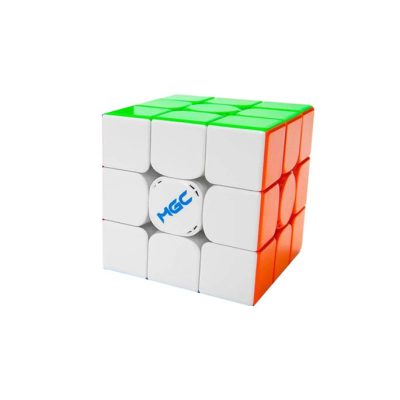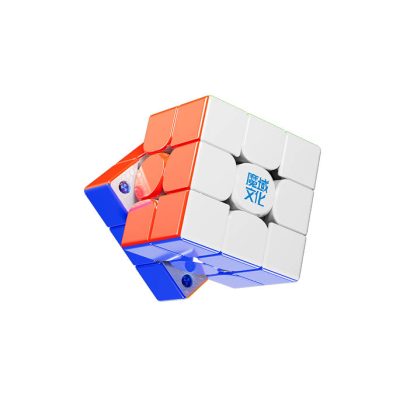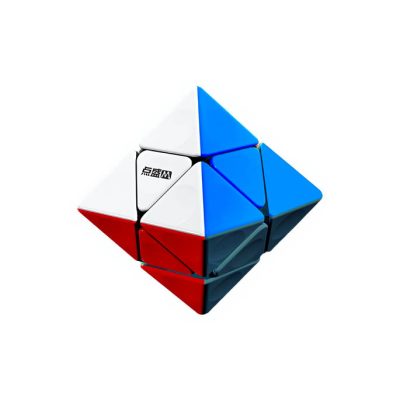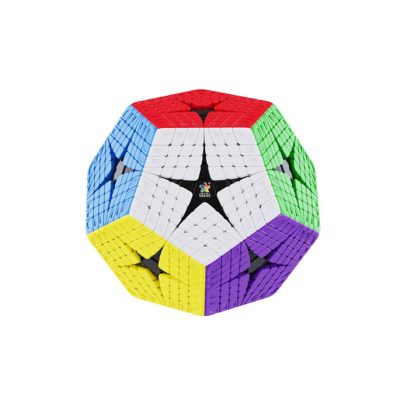-
 Dave Vinke
Dave Vinke
- Leestijd: 5 min
- Laatst geüpdatet: 29/08/2025
Programming moving parts in models requires a microcontroller like Arduino, servo motors, sensors and proper wiring. You use the Arduino IDE with C++ programming to control the movements. By connecting servo motors to the Arduino pins and writing the correct code, you can create various movement patterns such as rotating, tilting and oscillating. This helps you create dynamic model building projects that come to life.
What do you need to program moving parts?
For moving parts in models you need a microcontroller (usually Arduino), servo motors, sensors, jumper wires, a breadboard and a programming environment. These components work together to create controlled movements that bring your model to life.
The Arduino microcontroller forms the brain of your project. It’s a small computer that sends signals to your motors and receives input from sensors. Arduino boards are perfect for beginners because they’re user-friendly and have extensive online documentation.
Servo motors are ideal for precise movements. They can rotate to specific positions and stay there. This makes them perfect for moving parts like robotic arms, rotating platforms or tilting mechanisms in your models.
Sensors such as ultrasonic distance sensors, light sensors or pressure sensors give your model the ability to respond to its environment. This makes your model building project interactive and responsive to movement, light or touch.
For wiring you use jumper wires and a breadboard. These help you connect all components safely without needing to solder. This makes experimenting and modifications much easier.
How do you connect servo motors to an Arduino?
Connecting servo motors to Arduino is simple: connect the red wire to 5V, the brown or black wire to GND, and the orange or yellow signal wire to a digital pin (like pin 9). Make sure your Arduino has sufficient power for your servo motors.
Start by identifying the three wires of your servo motor. The red wire is always the power supply and goes to the 5V pin of your Arduino. The dark wire (brown or black) is the ground and connects to a GND pin.
The signal wire (usually orange, yellow or white) carries the control signals. Connect this to a PWM-capable digital pin, such as pin 9 or 10. These pins can generate the special pulse signals that servo motors need.
Pay attention to power supply when using multiple servo motors. Small servos can usually be powered directly from the Arduino, but for larger servos or multiple motors you need an external power supply. Use a separate 5V adapter and connect the grounds of Arduino and external power supply together.
Always test your connections before uploading the code. Loose wires are the most common cause of problems. Use a breadboard for stable connections and label your wires so you know which wire goes where.
Which programming language do you use for moving models?
For moving models you use the Arduino IDE with C++ programming. This environment is specially designed for microcontrollers and includes useful libraries like Servo.h for motor control. The language is accessible for beginners but powerful enough for complex projects.
You can download the Arduino IDE for free from the Arduino website. The program offers a simple interface where you write code, check it and upload it to your Arduino board. The built-in examples help you get started quickly with basic projects.
C++ for Arduino is a simplified version of the full C++ language. You don’t need to know all the complex aspects. The main functions are setup() which runs once at startup, and loop() which repeats continuously.
Libraries make programming much easier. For servo motors you use the Servo library with simple commands like myservo.write(90) to rotate to 90 degrees. For sensors there are libraries that do complex calculations for you.
A simple example looks like this:
#include <Servo.h>
void setup() {
}
myservo.write(0);
myservo.write(180);
}
How do you program different types of movements?
You program different movements by varying servo positions, timing and speed. For rotating movements you use write() commands with different angles, for oscillation you combine for-loops with delay functions, and for smooth movements you gradually increase the position.
Rotating movements are created by directing the servo to different positions. For a full rotation you write code that makes the servo rotate from 0 to 180 degrees and back again. The delay between steps determines the speed.
You create oscillating movements with for-loops that go back and forth:
for(int pos = 0; pos <= 180; pos += 1) {
delay(15);
for(int pos = 180; pos >= 0; pos -= 1) {
delay(15);
}
For sequential movements you use multiple servos that move one after another. You create this by controlling each servo separately with different delay times between them. This way you can create complex movement patterns that resemble dancing.
Speed control is done by adjusting the delay value. Smaller delays make movements faster, larger delays make them slower. For very smooth movements you use delays of 10-20 milliseconds between small steps.
Advanced movements combine sensors with servo control. An ultrasonic sensor can for example make a servo move when someone approaches, making your model interactive.
Where can you find the best components for your moving models?
For quality components choose suppliers that specialise in electronics and model building components. Look for Arduino boards, servo motors and sensors from reliable brands. With us you’ll find an extensive range of model building materials for all your moving projects.
Quality is important with servo motors because cheap variants are often inaccurate or break quickly. Look for servos with metal gears for heavier applications and plastic gears for lighter projects. Brands like SG90 for small projects and MG995 for more powerful applications are reliable choices.
Arduino boards are best bought as originals or official clones. Very cheap counterfeit boards can cause problems with USB connection or power supply. A good Arduino Uno or Nano forms the basis for years of project enjoyment.
Sensors and accessories like breadboards, jumper wires and resistors are best bought in sets. This saves money and ensures you always have the right components at hand for new projects.
We offer automatic discounts on multiple items, which is perfect when you need different components for a large project. Our discount policy also applies to the latest products, so you always get the best price for your model building adventures.
By choosing quality components you invest in projects that last long and work reliably. This makes the difference between frustration and enjoyment when building your moving models.
Frequently Asked Questions
How many servo motors can I connect to one Arduino at maximum?
A standard Arduino Uno can theoretically control up to 12 servos, but in practice 4-6 servos is more realistic due to power limitations. For more servos you need an external power supply or an Arduino Mega which has more pins and better power distribution.
Why does my servo motor move jerkily instead of smoothly?
Jerky movements usually occur due to steps that are too large in your code or insufficient power supply. Use smaller angle steps (1-2 degrees) with delays of 15-20ms between each step, and check that your servo gets sufficient power via an external 5V adapter.
Can I also control moving models wirelessly?
Yes, you can add wireless control with modules like HC-05 Bluetooth or ESP32 WiFi. This allows you to control your model via a smartphone app or computer. You do need additional programming knowledge for communication between devices.
What do I do if my Arduino freezes while executing movements?
Arduino freezing often occurs due to infinite loops without delays or too many servos moving simultaneously. Always add delay() commands in your loops and test with one servo at a time. Reset your Arduino and upload simple test code to find the cause.
How do I program movements that respond to multiple sensors simultaneously?
Use if-else statements or switch-case structures to handle different sensor combinations. Read all sensors at the beginning of your loop() function and store the values in variables. This way you can create complex decision logic based on multiple inputs.
What common mistakes should I avoid when programming moving models?
Never forget delay() functions in loops (this can freeze your Arduino), always connect the grounds (GND) of all components together, and test each servo individually before programming complex movements. Also important: always use the correct pin numbers in your code.
How can I save my model's movements and replay them later?
You can store movement sequences in arrays with angle positions and timing. Use EEPROM memory for permanent storage or SD card modules for more complex sequences. Create functions that can play back these stored movements when you need them.
Table of contents
Much viewed
More blogs
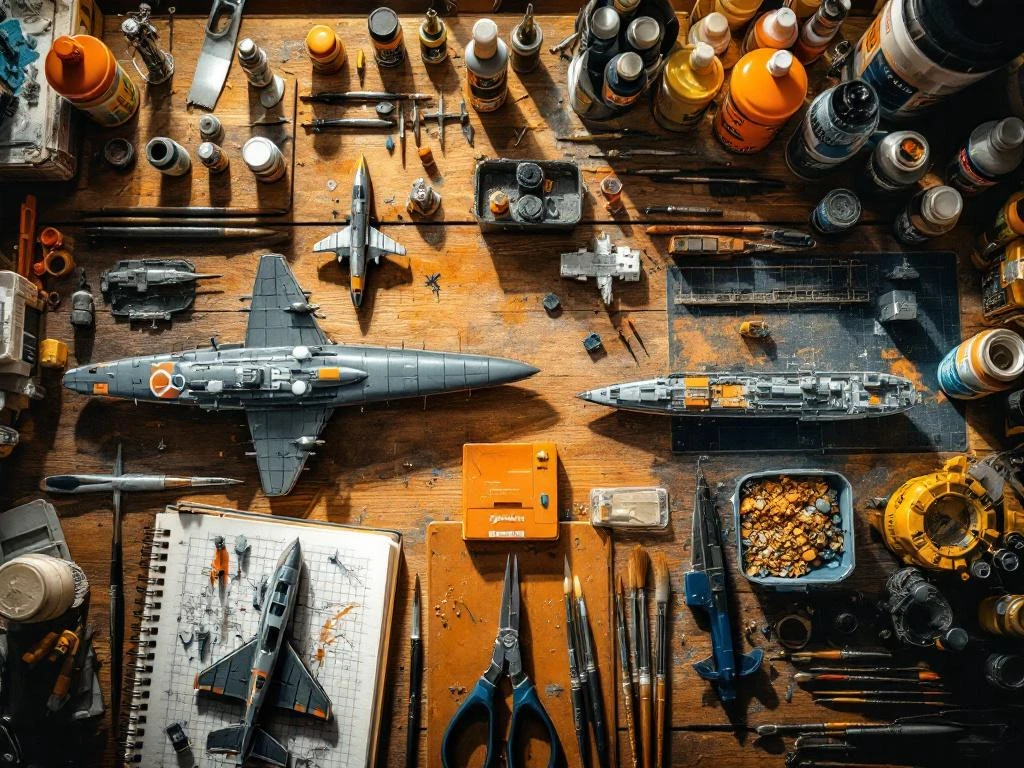
Which model building communities are active in the Netherlands?
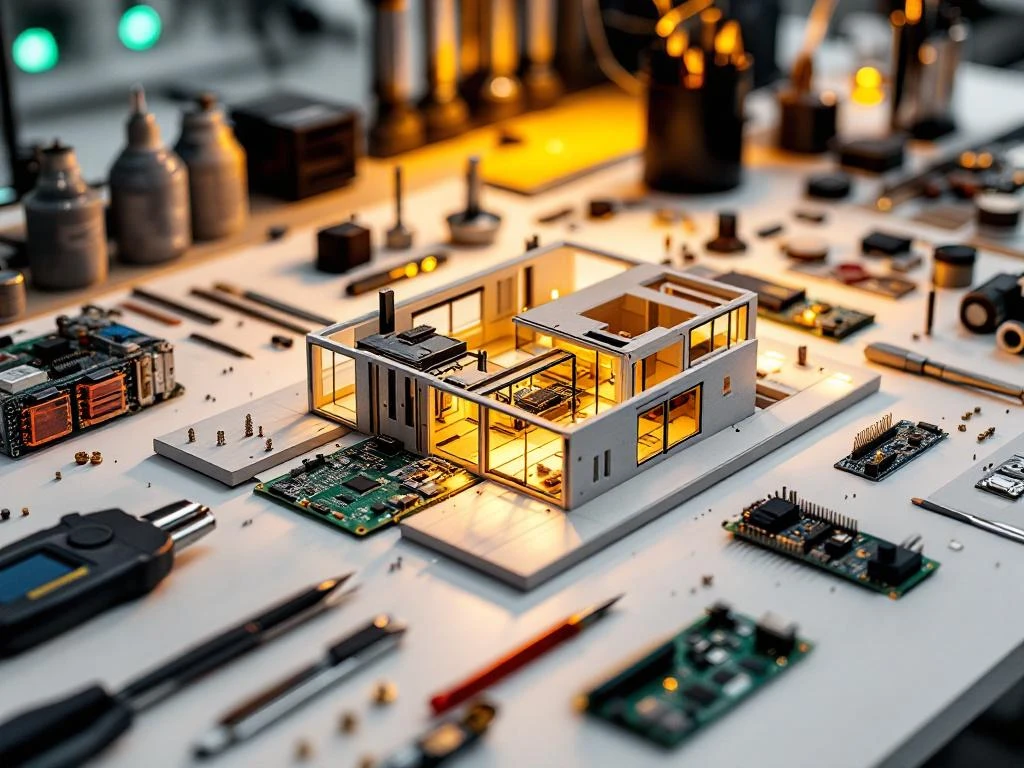
What are smart model building solutions?

What are alternative financing options for expensive model building projects?

